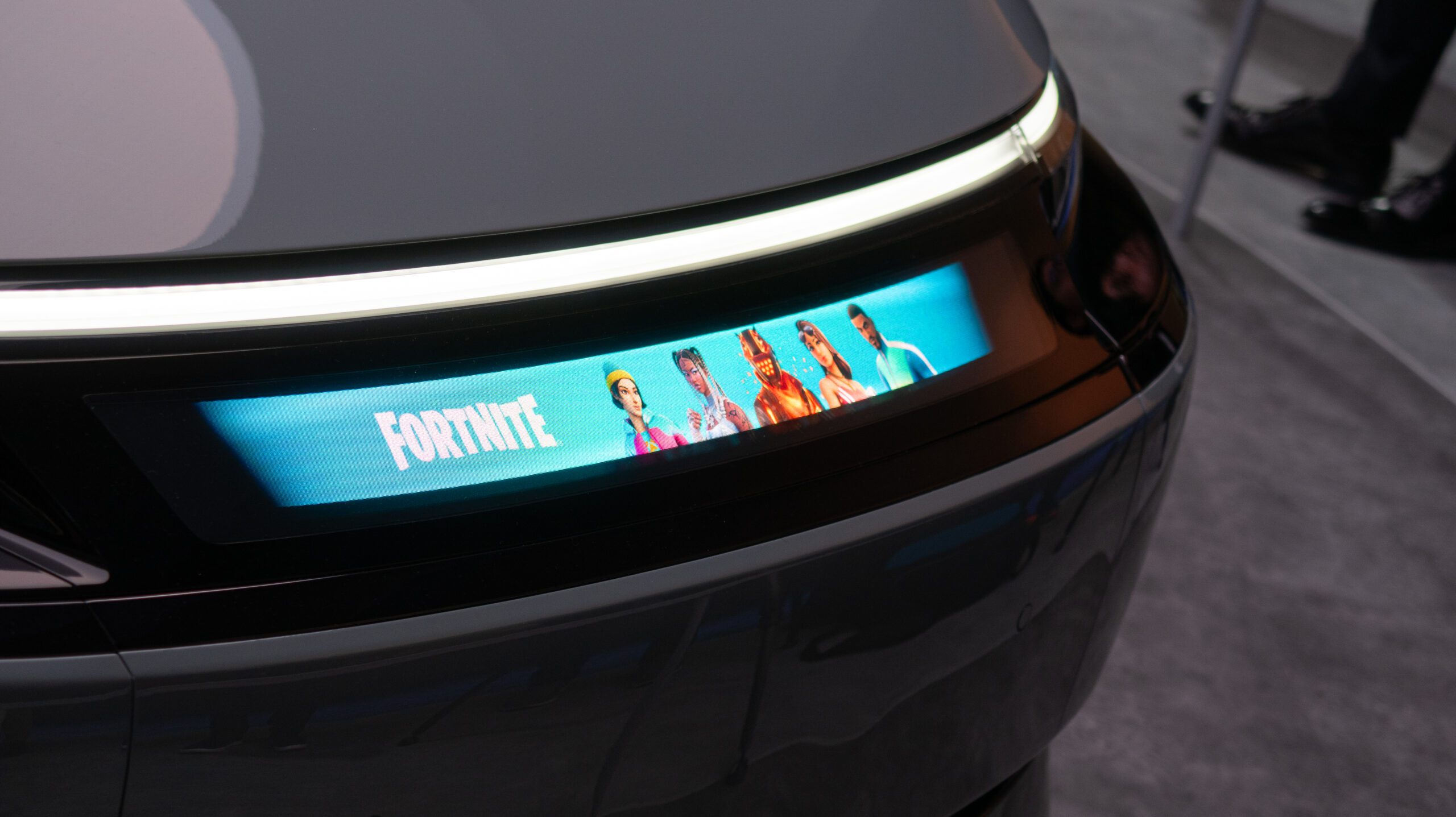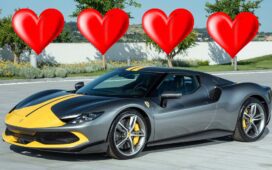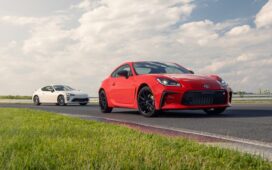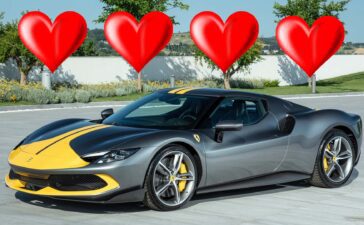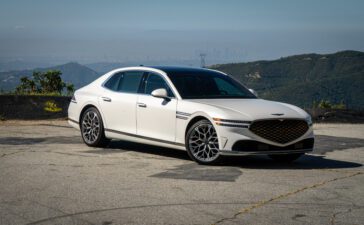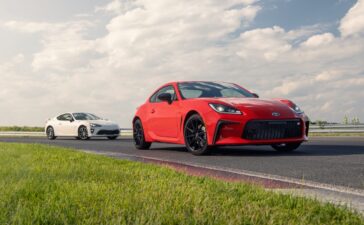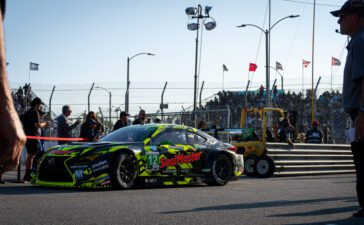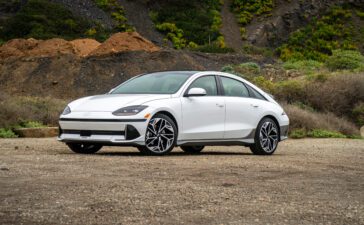CES 2024 has fallen upon Las Vegas, drawing an international audience to come and see all the latest and greatest in techy goodness and electronic nerdery. Nowadays, much of that includes cars and mobility, especially as the former evolves more into supercomputers with every passing day and as the latter becomes a growing concern in a densely populated world. Poised as the next great car show for its showcase of future tech and mobility solutions, we owe CES our attention as motorists to see just what it has to offer us, and we’re happy to report CES 2024 didn’t disappoint. In fact, we’re actually quite bummed we didn’t take it that seriously if we’re being honest!
But we made it. We covered it. We shot it on our socials and on camera. So here’s our round-up of all the innovative future rides on display at CES, including some of the pens we unfortunately missed–and I’ll say this again: they really got to put up more signs in more places. I couldn’t find squat half the time!
Sony Honda Mobility Afeela – New ADAS and specs announced
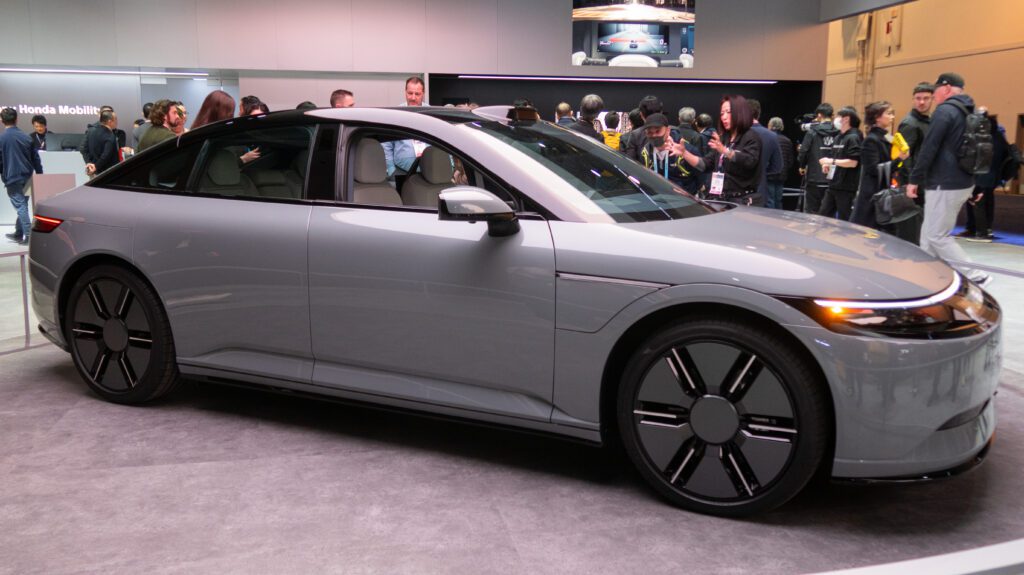
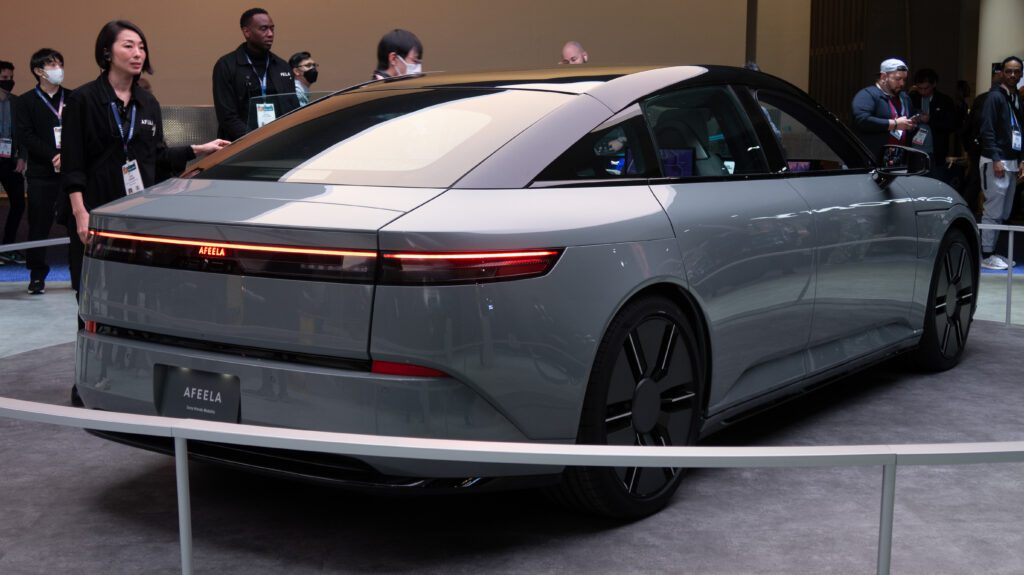
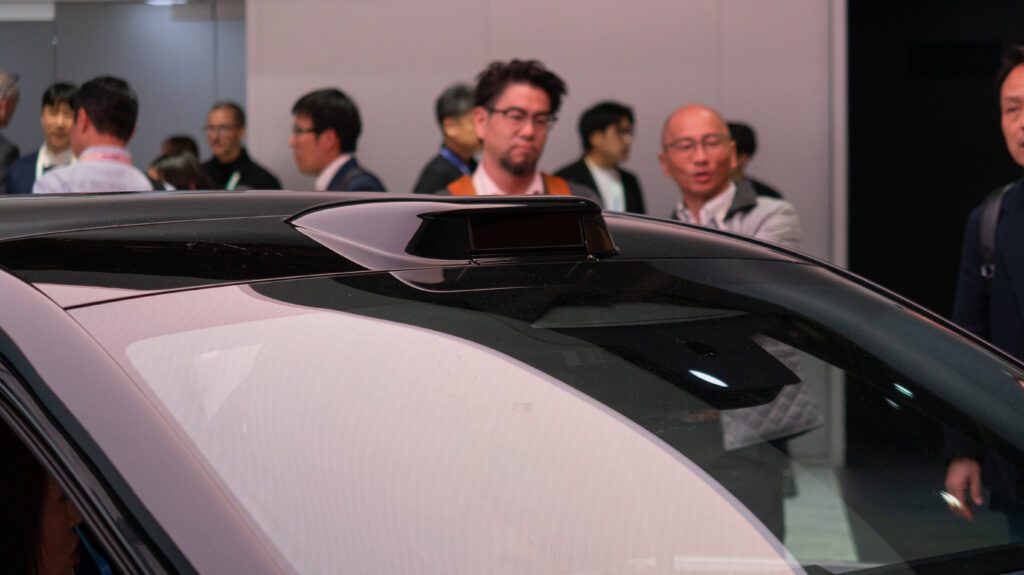

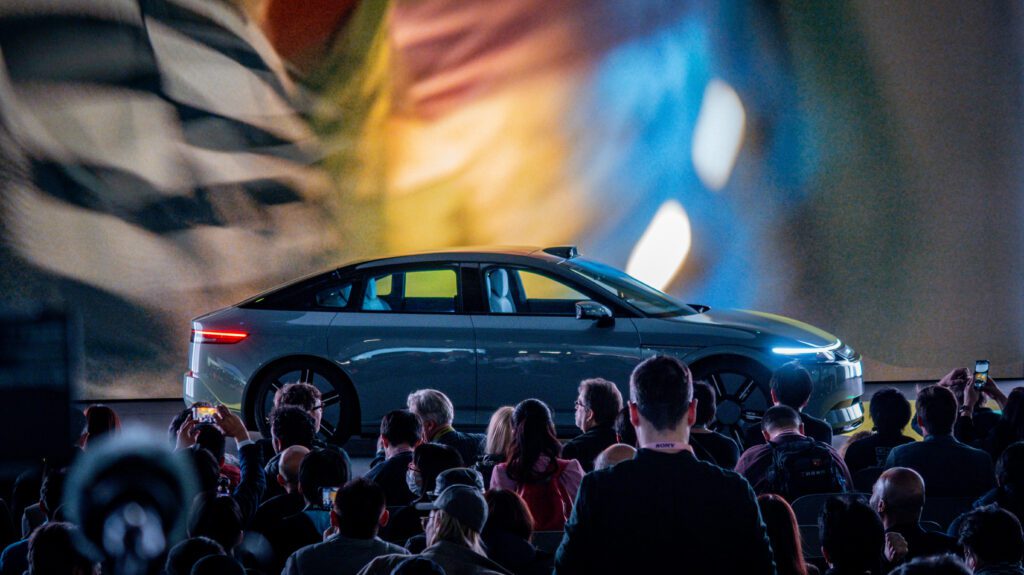
Ah, how refreshing it is to see a fancy new EV launch with relatively normal styling inside and out. The Afeela is as relatable and familiar as it is innovative and cutting-edge, and that’s why this is arguably the biggest star of CES 2024. The lovechild of Sony and Honda, the Afeela is poised to be one of the market’s hottest new EVs when it launches next year.
The Afeela isn’t totally a new thing, as it’s been circulating around headlines and internet discussions since its debut at last year’s CES. But now, the car takes the stage once again, sporting some updated tech and a fresh laundry list of specs. Boilerplate items? How about standard dual motor AWD with a 241-horsepower motor on each axle (combined output TBA)? Or what about a comprehensive ADAS system backed by lidar, radar, and cameras for added safety and better visualization of its environment in a variety of conditions?
On top of all that, go back to the styling and just look at it. The Afeela is a beauty, which is ironic, given how smooth and plain it is. But in an age where it seems companies try too hard to stand out with their design languages, it’s the Afeela’s inoffensiveness that makes it one of the more visually attractive choices.
XPENG AeroHT eVTOL Flying Car – The mobility solution for those whose net worths are measured in billions
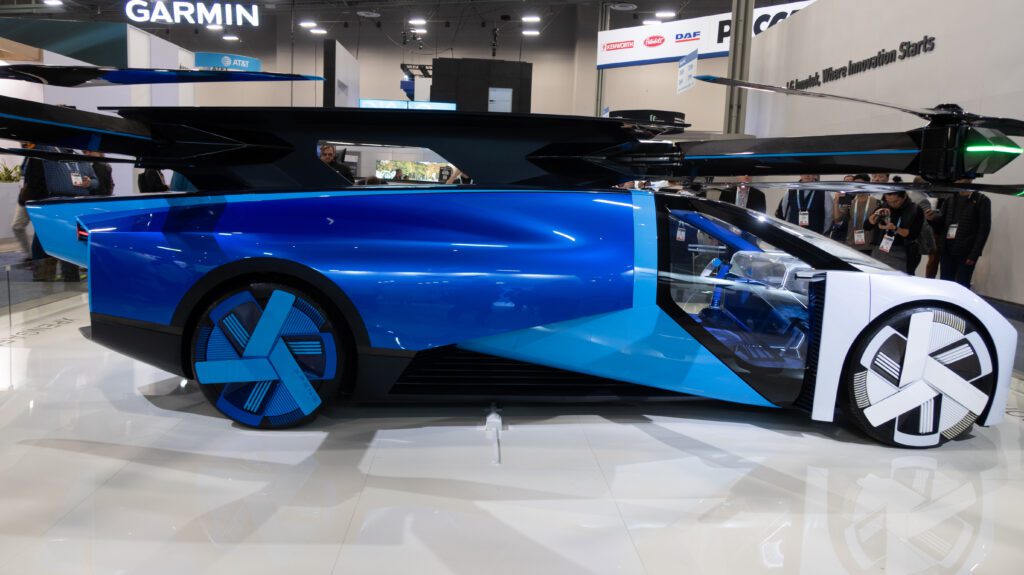

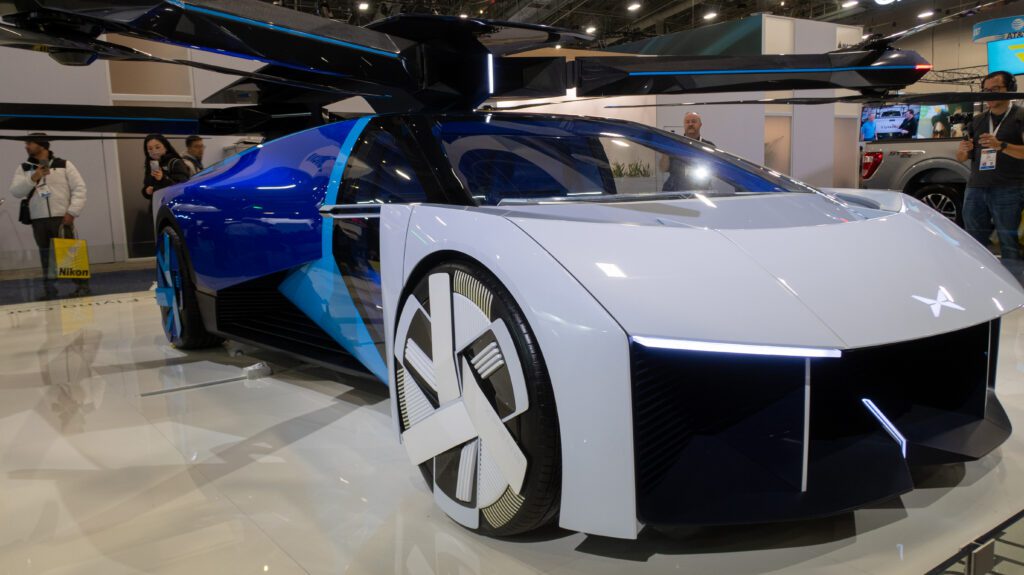
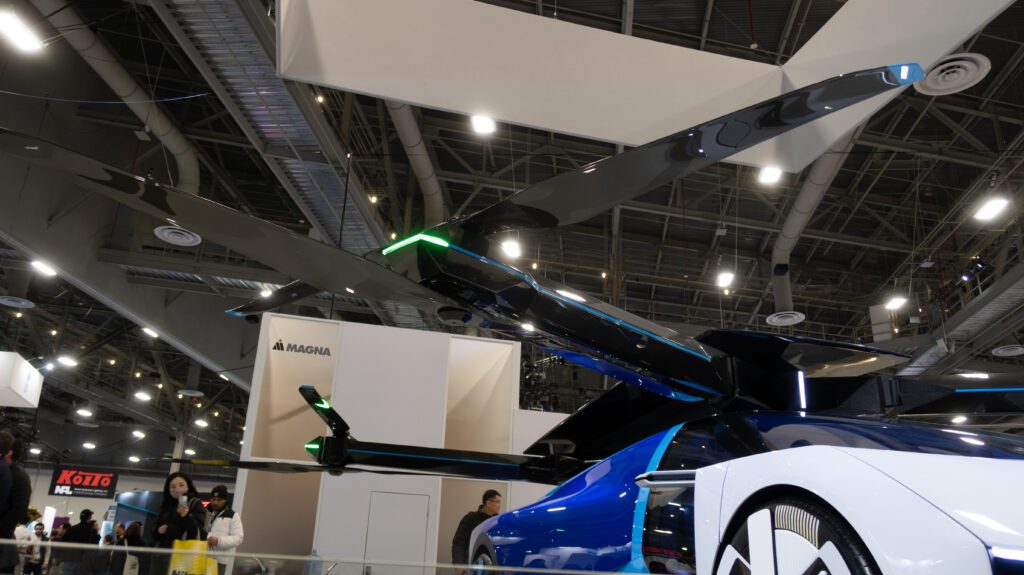
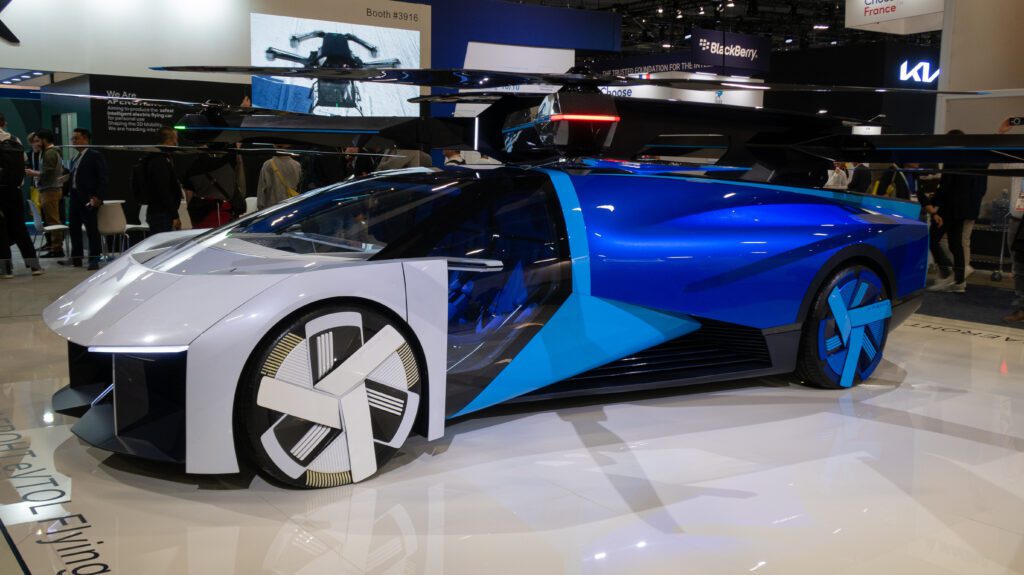
Riiight. Because this will solve all of our problems. But man, it sure is cool!
If anyone remembers XPENG from that one earnable car from the Forza Horizon 5 playlists, well, they also built this in 2022, and it’s been making rounds around the world ever since. Go figure. With zero attempts at subtlety, this is exactly what it looks like: a freaking flying car… literally called “Flying Car.”
Designed and built from XPENG’s AeroHT spin-off, it’s merely another one of their efforts at normalizing flight as an optional mode of transportation. Among other offerings include the X2 and X1 eVTOLS. However, the Flying Car differs by serving a dual purpose as a semi-practical supercar for shuttling oneself from the mansion to the country club before deploying the retractable quad rotors and departing for the office in the city.
Will it be a practical mobility solution should they ever put this into mass production? Ha. Not for us, it’s not.
VinFast Wild Concept – Vietnam’s take on cyberpunk Americarna

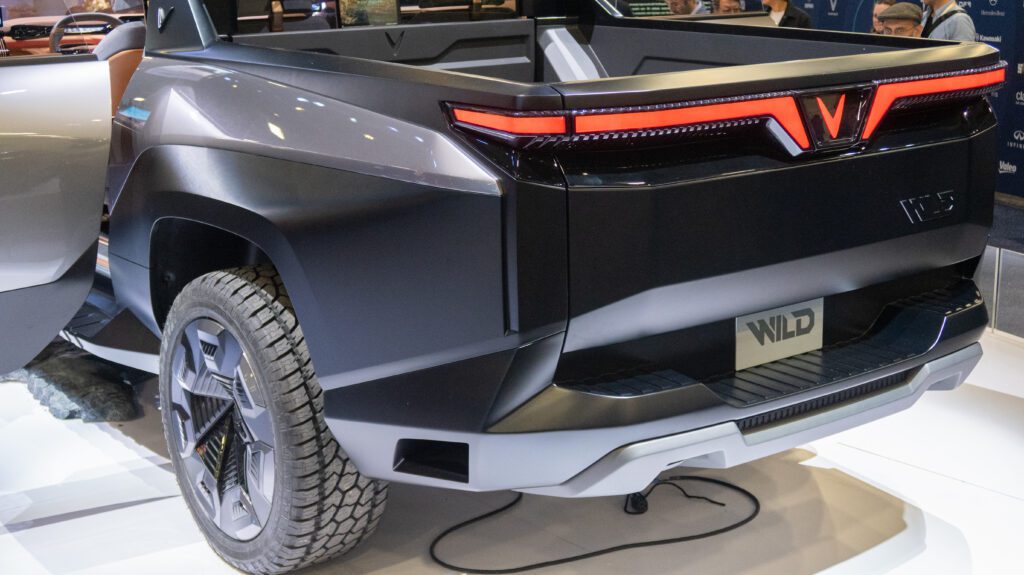
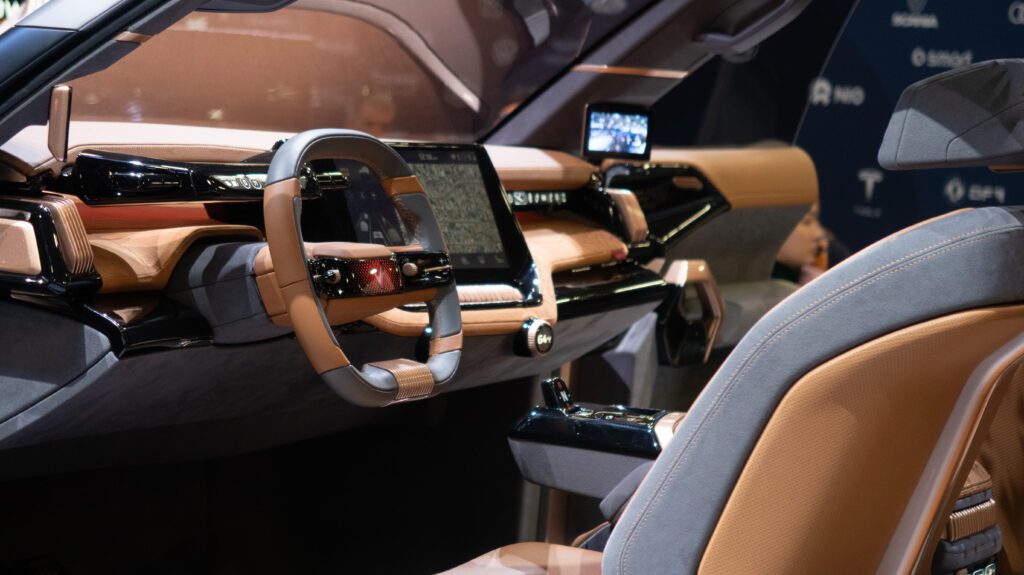
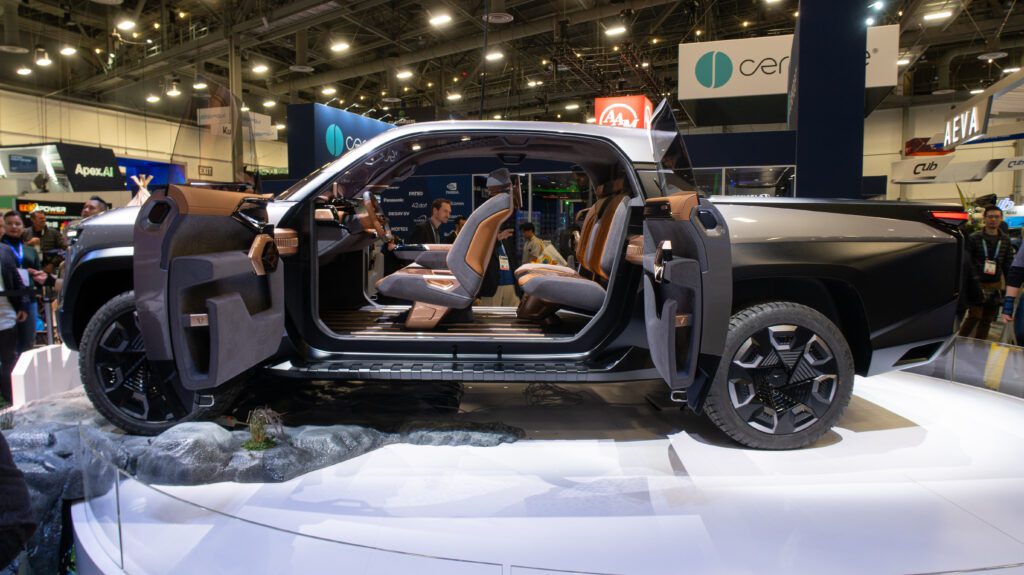
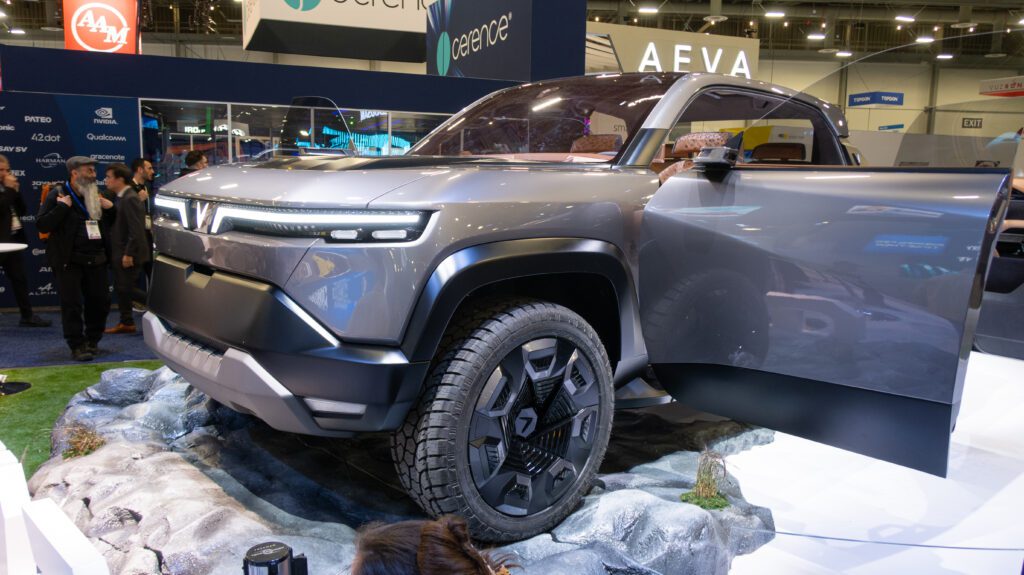
“Get in, choom. We’re going mud-bogging. Sound nova to you?”
Okay, so no one is really going mudding in an electric mid-size pickup, but the VinFast Wild Concept certainly looks the part. Bulging body lines and squared-off edges scream macho pickup, and the large wheels with all-terrain tires carry implications that it’s ready for overlanding excursions (within its range, of course). It’s mid-size, too. This means you waste no less space on the road as a Tacoma, Ranger, or Colorado.
However, this is merely a concept and a vision of what to expect from a VinFast entry, so certain things definitely did not scream production-ready. There were no visible backup cameras or parking sensors. The seats were bolstered aggressively in a way you’d usually only see at Tokyo Auto Salon. And the pillarless suicide doors, while incredibly fun to adore, seemed a bit far-fetched for a company that prides itself on affordable, accessible EVs.
Should the Wild make it to production, expect it to challenge the lower tungs of Fisker Alaska and Rivian R1T, with anywhere between 230 to 321 miles as those trucks do. Dual motor all-wheel drive ought to be standard, as will street and off-road-oriented packages. If anything, don’t be surprised if production variants just rehash powertrains from the VF8 and VF9.
The next big question is: Will the Wild rectify the VinFast’s past controversies and missteps or perpetuate them?
Volkswagen ID.7 and Mk8 Golf GTI – ChatGPT voice commands
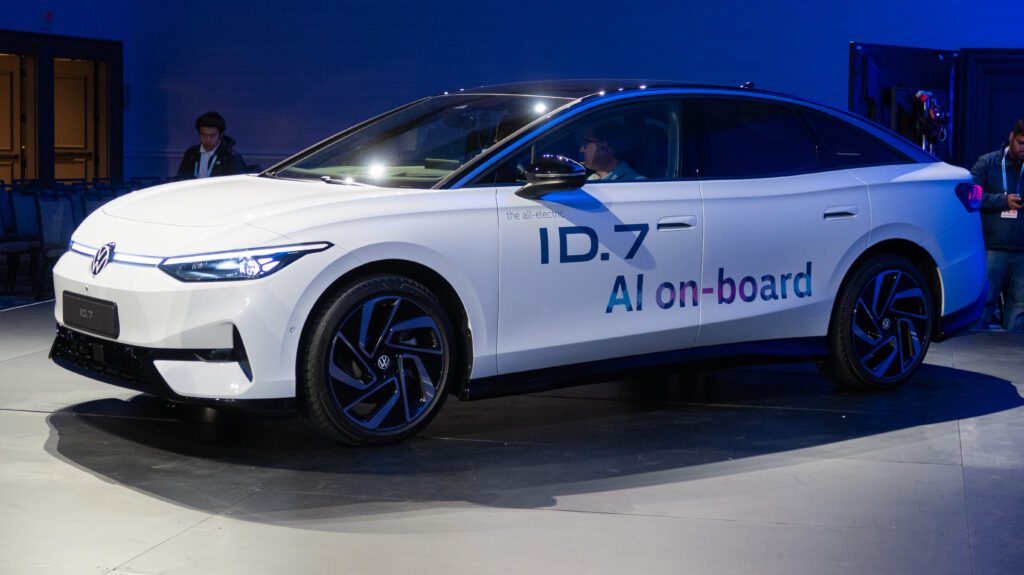
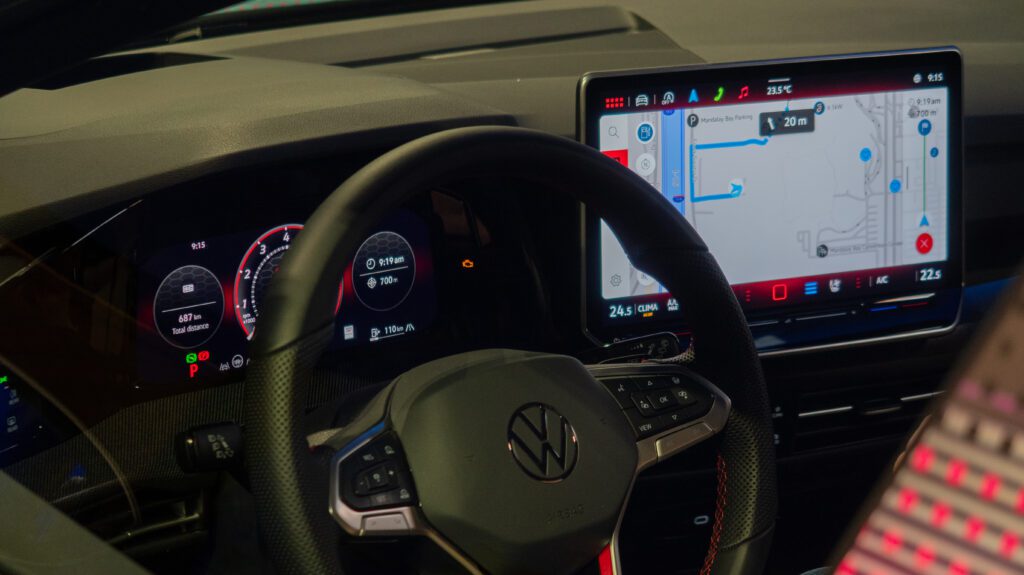
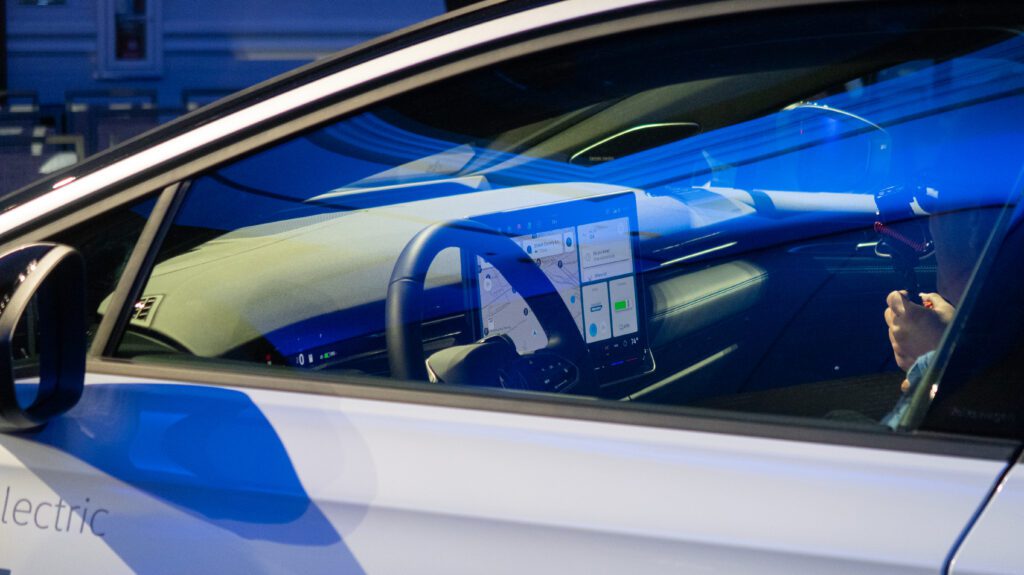
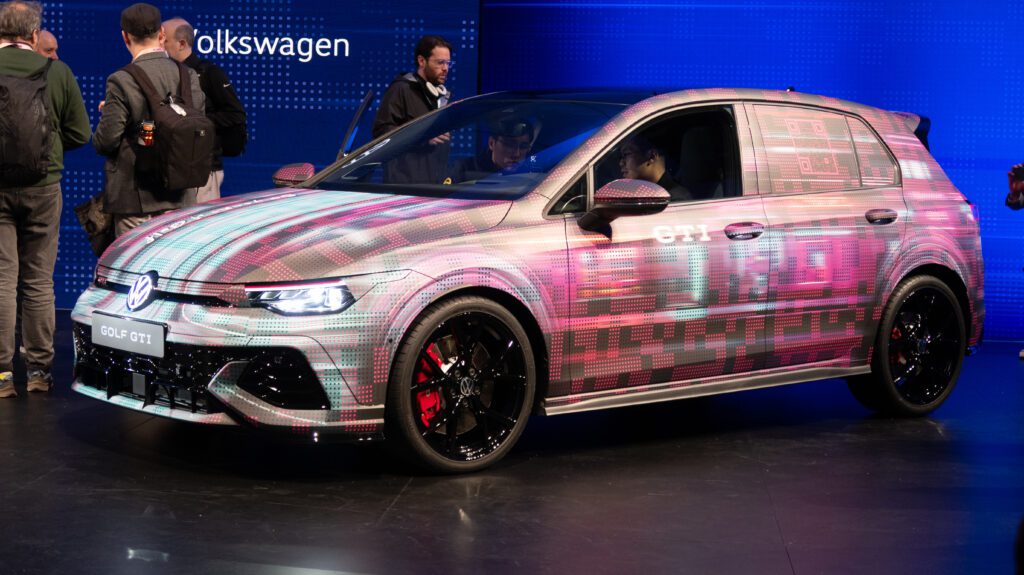
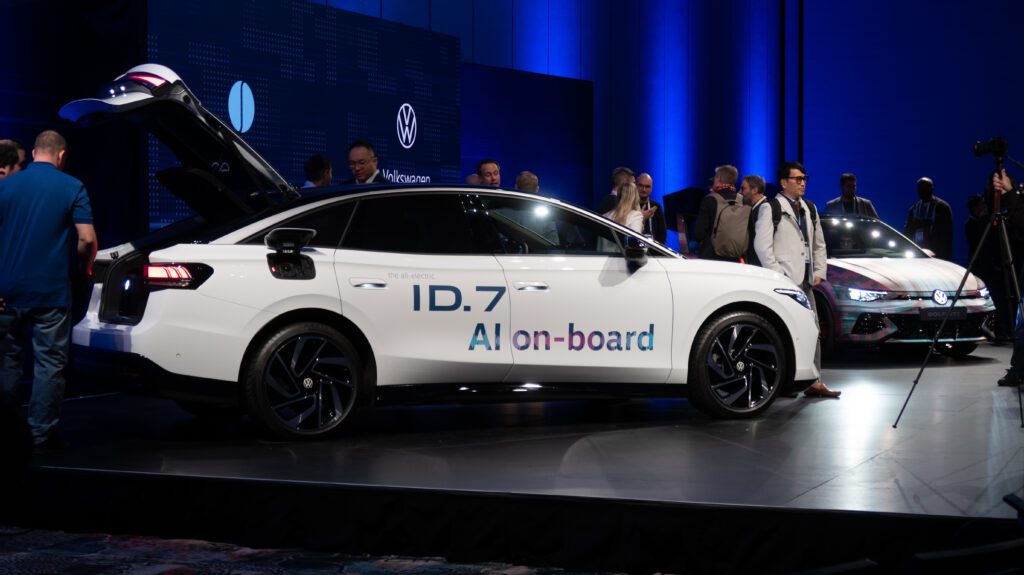
I’m not quite sure how to feel about this, really. On one hand, the kid in me thinks, “Wow, cool gizmos! Just like the sci-fi movies.” On the other hand, the cynical adult thinks, “Is that it? Is that really it? Alright then.” But who cares what I think because this entry will certainly enthrall legions of consumers all over the world, regardless if it serves them any practical use or not.
Partnered with Cerence, Volkswagen delivers ChatGPT-based voice controls for most of their ID electric cars, as well as the Golf, Tiguan, and Passat. That’s right. Volkswagen storms onto the scene at CES 2024 with… an AI chatbot-based voice command system for most of their future cars. Not the most groundbreaking thing at this year’s show, but whether you love or hate the idea, it’s certainly interesting enough to talk about it.
As a traditional system does, you can use it to assist with infotainment functions and navigation, but the system can also be used to control in-car functions like the radio, climate controls, or ambient lighting. It can also be used to provide vehicle status updates, weather reports, general knowledge questions, assist with conversations, and more. Being an AI system, it could be capable of learning over time to better meet the needs of owners as their ownership tenure carries on, which one could infer from VW’s claims of its “continuously expanding abilities.”
Cool or gimmick? I’ll let you decide. But one can easily call it a fun, innovative evolution of a familiar, age-old convenience feature.
Kia PBV Prototypes – Mix n’ match electric vans

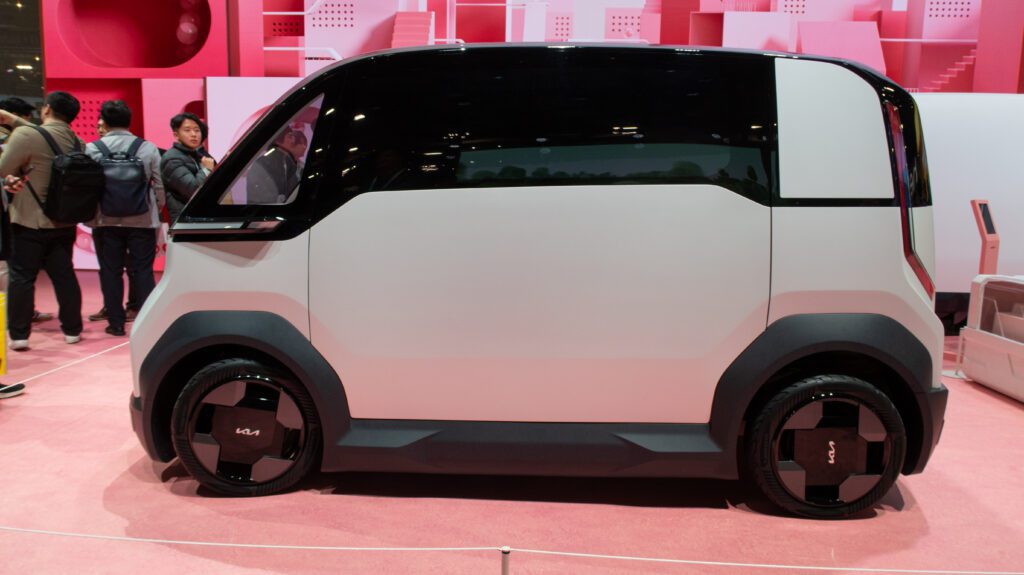
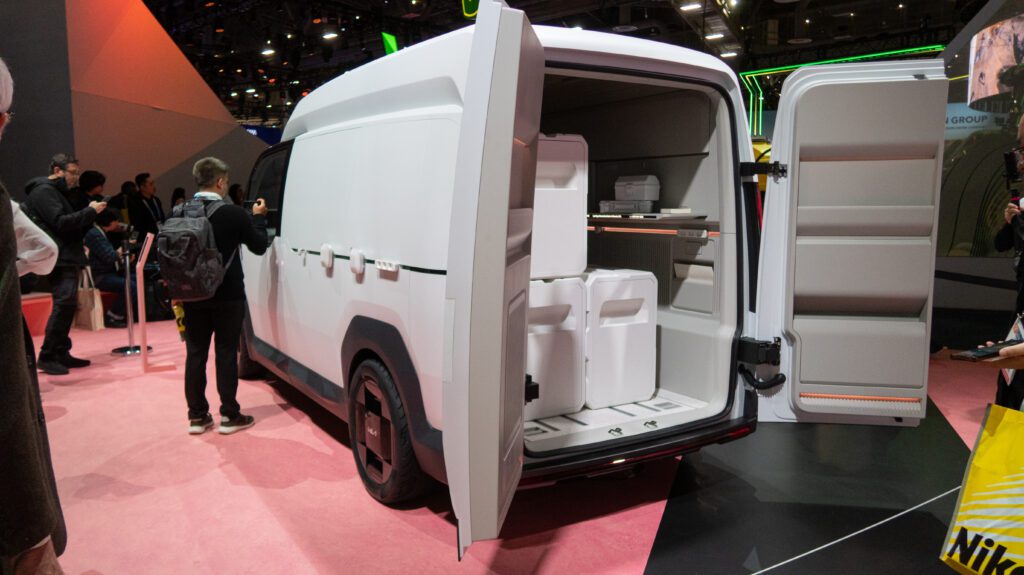


I can see the SEMA maniacs clamoring for one to slam on its battery pack and turn it into an art van or a parts runner for their shop. And you know what? They’d have a hell of a van to do it in. Say hello to Kia’s “Platform Beyond Vehicle” concepts and peek at what they intend to be a production line of modular, customizable urban haulers.
The idea is fairly simple, and it’s an idea hinted at in previous EV concepts from auto shows of years past. Take a skateboard EV platform and make it do many things. In Kia’s case, their idea of “many things” is having niche cargo and people movers with swappable bodies that can be changed to suit a variety of tasks, from handicap-accessible transport to taxis to moving goods for small businesses. The driver’s cab would remain mostly the same, but the space behind the driver can be interchangeable for whatever purpose.
Kia aims to launch their Transit-sized PV5 in 2025, followed by the larger, extended-wheelbase PV7, and the diminutive PV1. The latter is unique, positioned as an autonomous grunt intended for finishing those last-mile stints to the final destination, complete with four-wheel steering and a crab-walking mode for maximum urban mobility.
Brilliant idea for Kia to possibly steal shares of the market from Rivian or whoever makes those new postal service vans, but one can only imagine the potential and practicality of a privately-owned PV5. Party van or camper, anyone?
Hyundai’s Ease The Way plan – Revitalizing interest in hydrogen cars

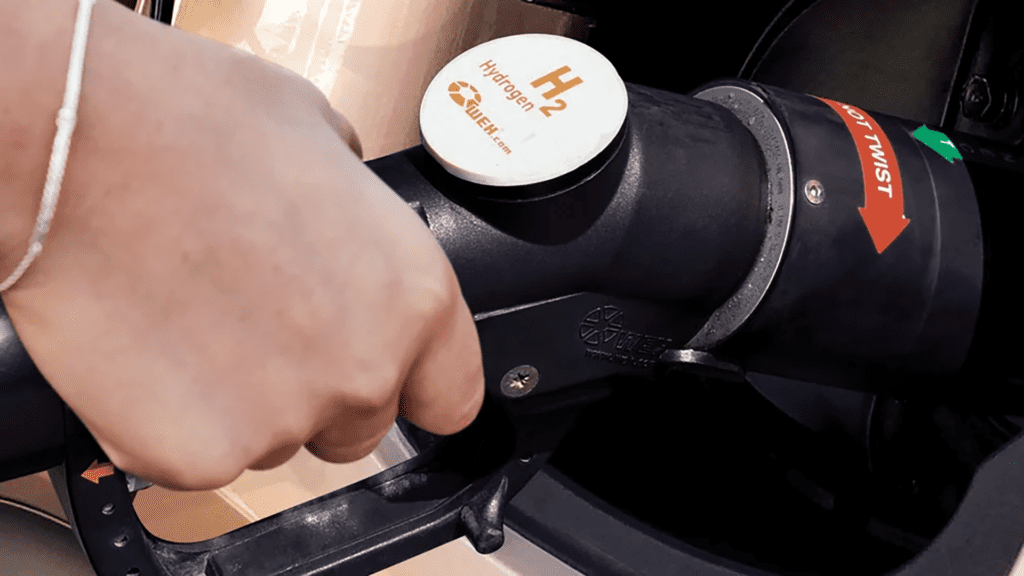

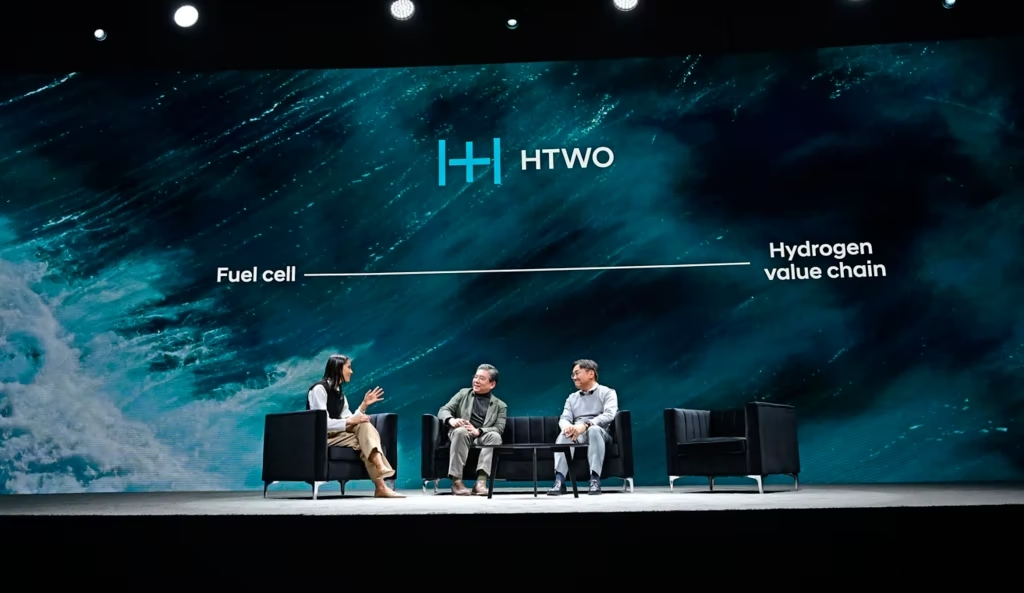
Kia packed the van. Hyundai has the plan.
Although Hyundai had little vehicular presence outside of an Ioniq demo car here and there, they still managed to make waves for their bold and optimistic plan to revitalize interest in hydrogen power as the first half of their Ease The Way plan. The latter half focuses on software and connectivity to improve mobility, but for the sake of not making this a whole essay, we’ll focus on their hydrogen game plan.
Key boilerplate items for the hydrogen half? Deploy the means of generating hydrogen, not only from the traditional method of electrolysis but also through recycling waste. Any waste. From sewage slop to plastics and garbage. From there, they aim to build an abundance of regional hydrogen production and distribution plants around the world, including several across the United States and with Georgia plants already under construction. Such a move would give us the much-needed infrastructure boost to adopt more clean energy for not only our cities and homes but also our vehicles, as Hyundai was also eager to tease its upcoming NEXO fuel cell car, due in 2025, and mention its XCIENT fuel cell semi-trucks.
No, this CES announcement was not related to any specific car. But it is related to a clean, green future, where commuters can potentially fuel themselves on clean energy, and gearheads can feel a little less guilty about installing high-flow cats on their two-decade-old muscle car. So, hats off to Hyundai for reinvigorating interest in something other than your traditional battery electric vehicle.
This gargantuan John Deere tractor thing – I got a little sidetracked

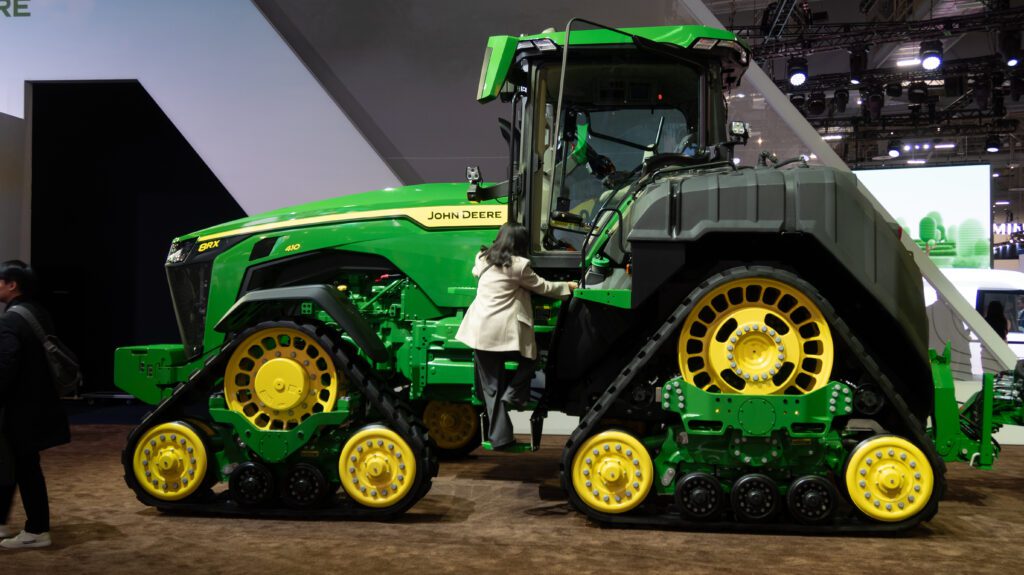
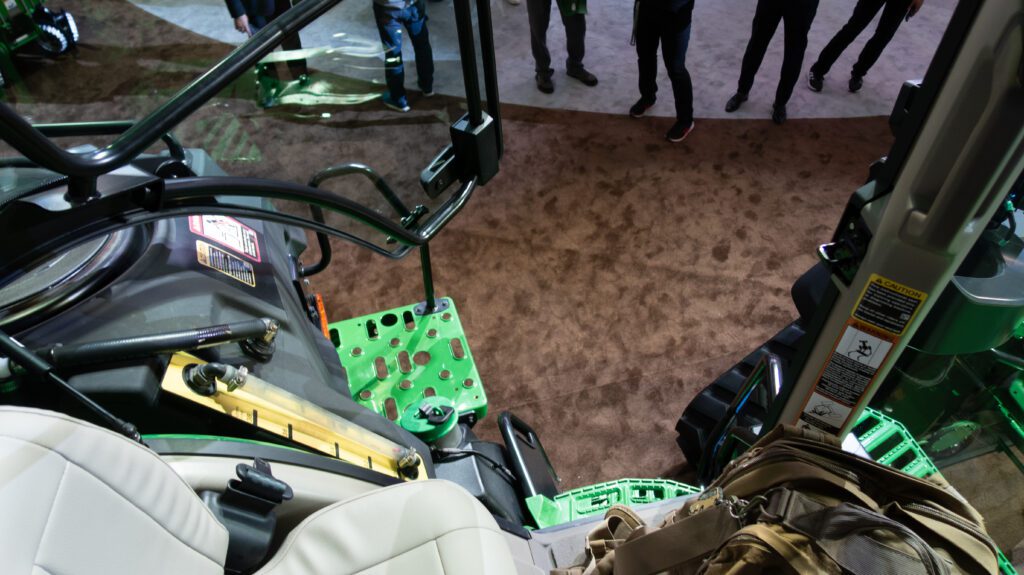
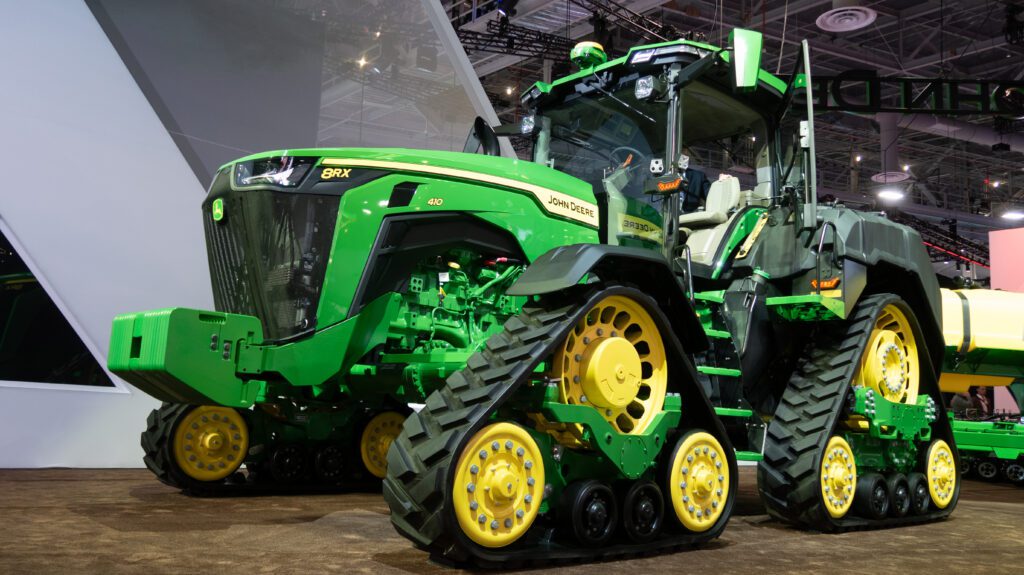
I don’t know why this was here. There was no panel or spec sheet anywhere detailing what it was or what new-fangled tech it was sporting. Apparently, John Deere was present to showcase autonomous farming equipment and remote-controlled tractors. But I didn’t know that at the time. My small ape brain sees big giant machine. My big monkey brain says climb inside of big giant machine.
To our agricultural trade workers who get to whip these suckers on a regular basis, I envy you.
Honorable mentions we missed out on…
Honda 0 Series


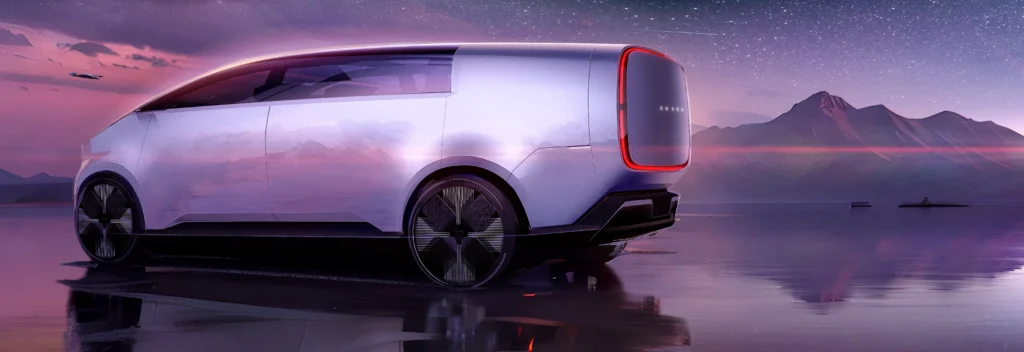

Separate from the Sony Afeela collab, Honda launches their own headline-grabbing EV pucked straight from video game and sci-fi fantasies. Enter the 0 Series of EVs, wildly outlandish and alien-looking electric cars that Honda insists will enter production within the next few years. Seriously, these concepts look like they belong in Blade Runner.
The Saloon flagship and the Space Hub minivan thingamajig are mere concepts, and it’s too early to hit anyone with any sort of range estimates, power figures, or powertrain details. Honda does promise superb aerodynamics, a new generation of ADAS, and great battery efficiency. We’re willing to bet a company like that could make it happen. Honda states that a production Saloon based on the concept should debut in 2026, so by then, perhaps we can expect 800V architecture and 400 miles of range as standard. Maybe. Expect the Space Hub to follow not long after.
In addition to these hot new concepts, Honda has also announced a simplified “H” logo for all EVs going forward, reminiscent of old Honda logos without the squared surround. Certainly, these cars can earn that callback to CVCCs of old if they turn out just as innovative today as that car was back then.
Mercedes-Benz CLA Concept
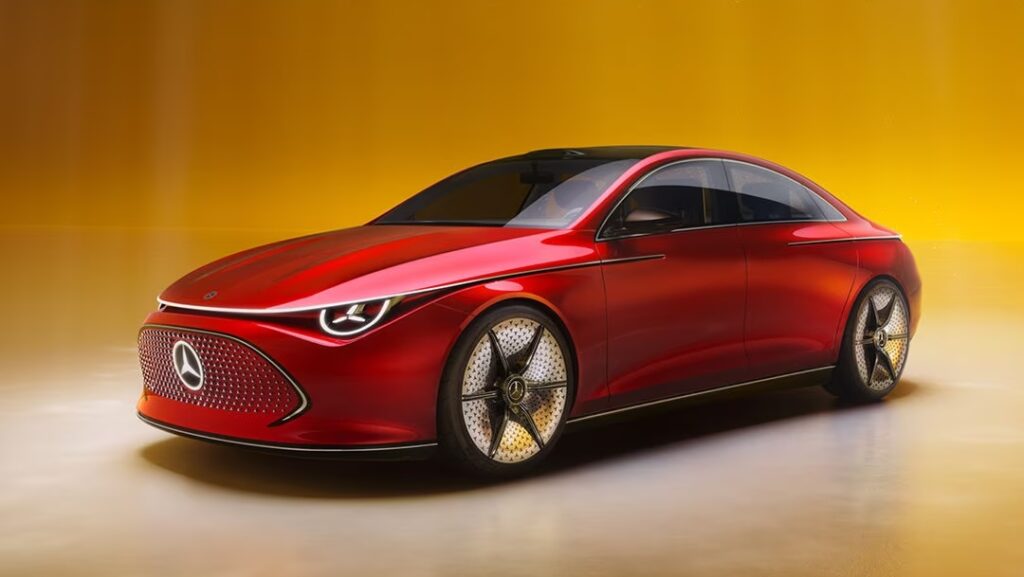
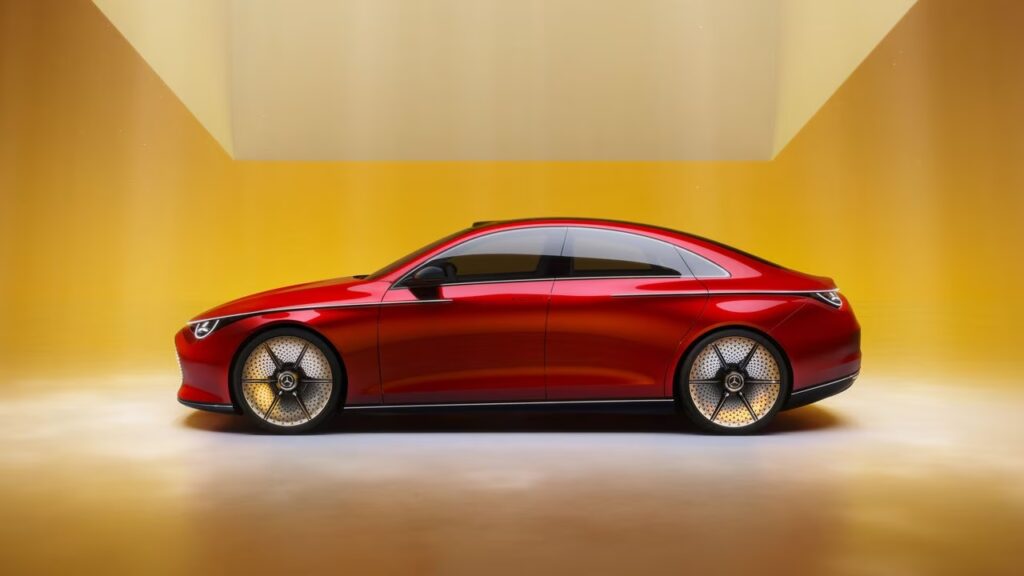
Nothing too earth-shattering here, although it is exciting to see a legacy automaker like Mercedes dive into the realm of 800V architectures. This vision of a next-generation CLA-Class rides on a rear-drive, single-motor, 800V platform with faux-Maybach styling and a proposed 466-mile range. More specifically, it’s Mercedes Modular Architecture or MMA. Should such a vehicle make it into production with the same specs, it’d handily keep up with the very best in the market and blow most rival EVs way out of the water, all with the efficiency of an 800V system.
The CLA Concept is not all that new, having debuted in the Fall of last year, but it’s nice to see it making rounds at auto and tech shows like CES. Following the lukewarm reception to the EQ family, something like a production CLA Concept could be just what Mercedes needs to launch the brand right towards the front of the pack for dependable, high-performing, far-driving luxury EVs. Perhaps this concept serves as a test bed for future EQs, which will reportedly upgrade to 800V architectures starting in 2025.
Indy Autonomous Challenge

For Sheilah, if she was a robot.
The Indy Autonomous Challenge is exactly what it sounds like. Take Indy cars, or scaled-down clones of them in this case, and tell them to drive themselves around a track and compete to see who’s the fastest Level-4-autonomous supercomputer. It’s a program for colleges to assemble teams of young brainiacs to see who can develop the fastest robo-racer AI.
CES 2024 marks the debut of a faster race car, the AV-24, complete with radar by Continental and lidar by Luminar, the same company that demoed their lidar systems on the Polestar 3 and AMG GT Black Series from our social media. And while it currently sits as a test bed for college students’ brains, it’d be a whimsical spectacle to see OEMs get in on the fun. After all, they say competition improves the breed.

